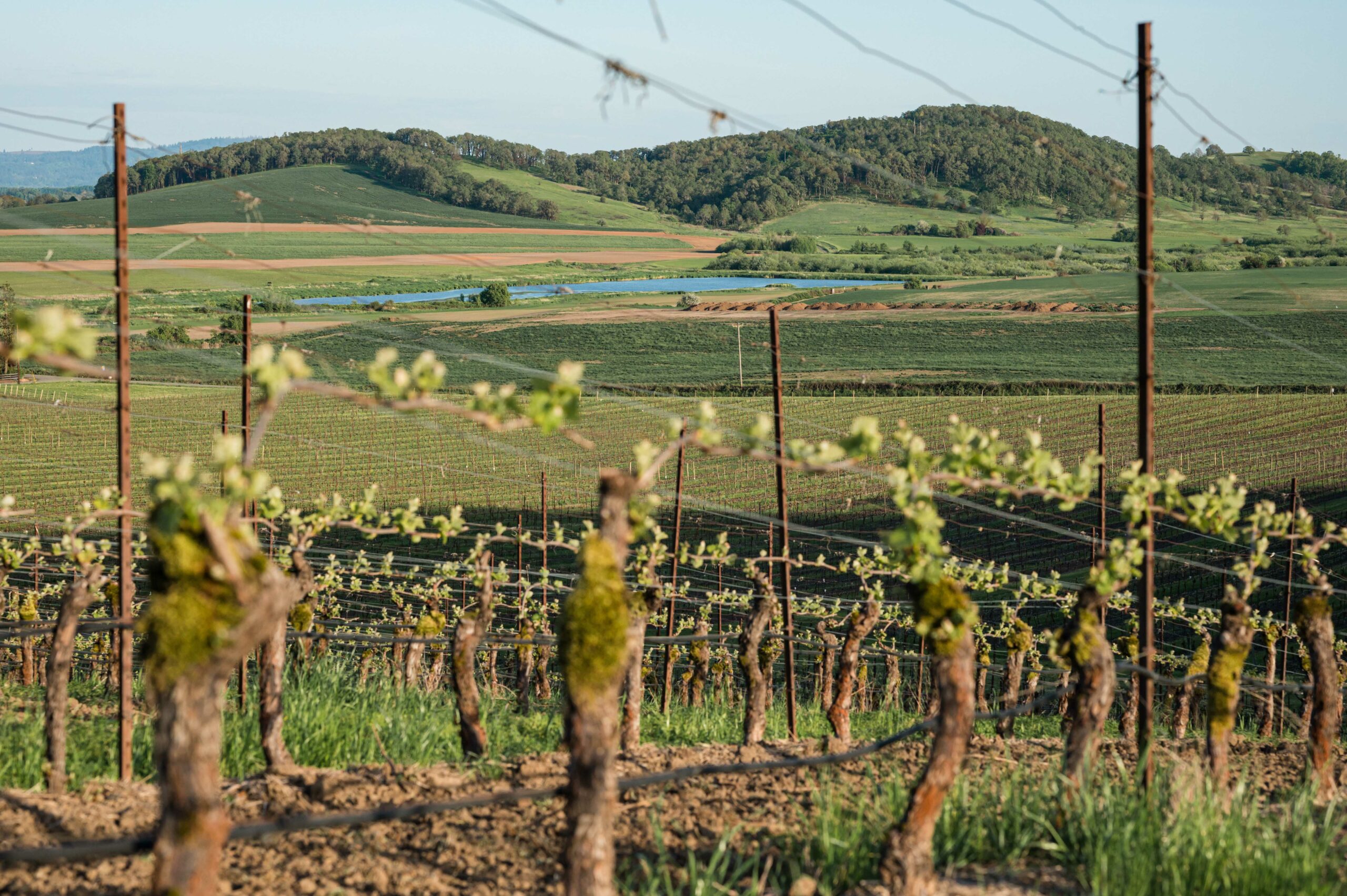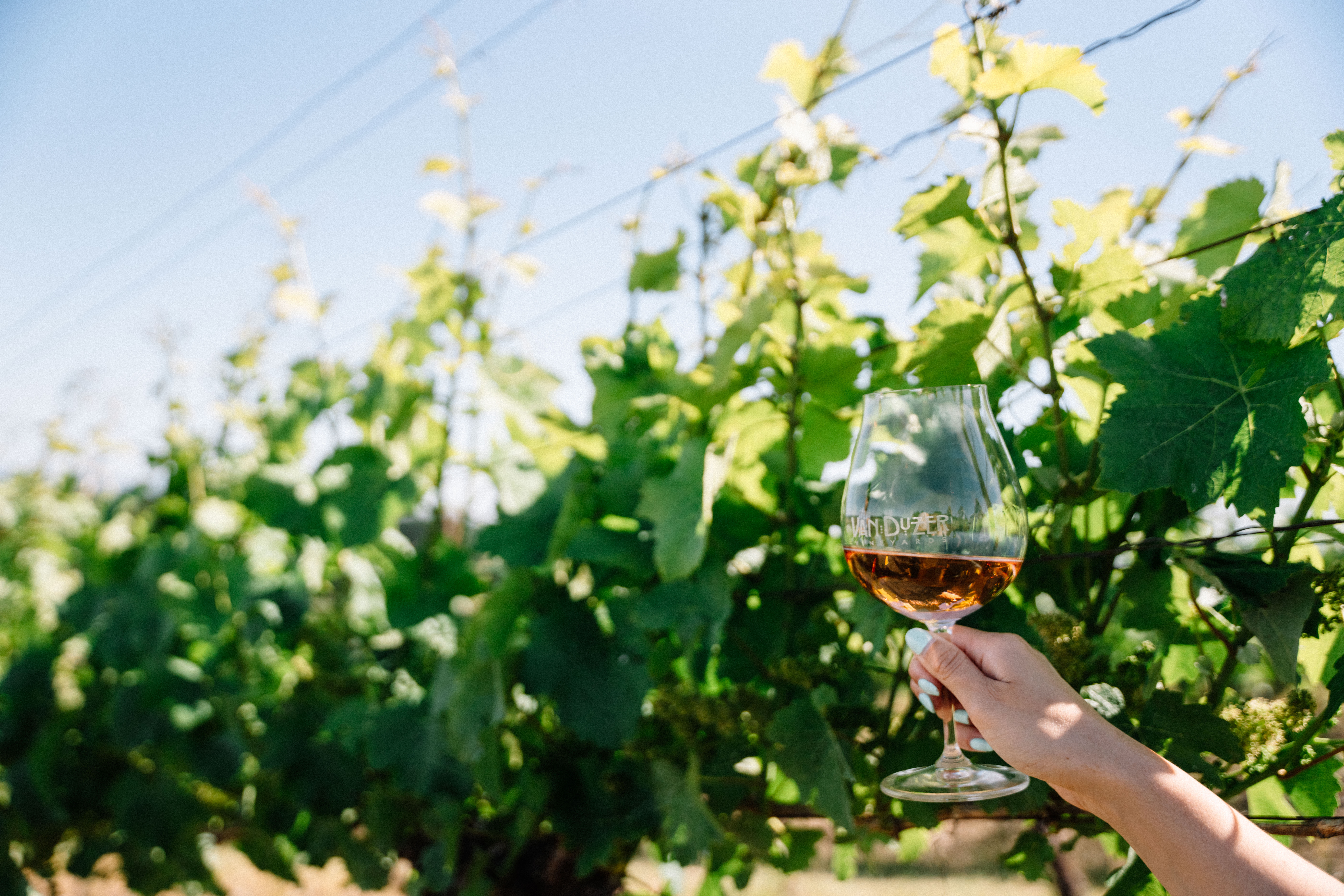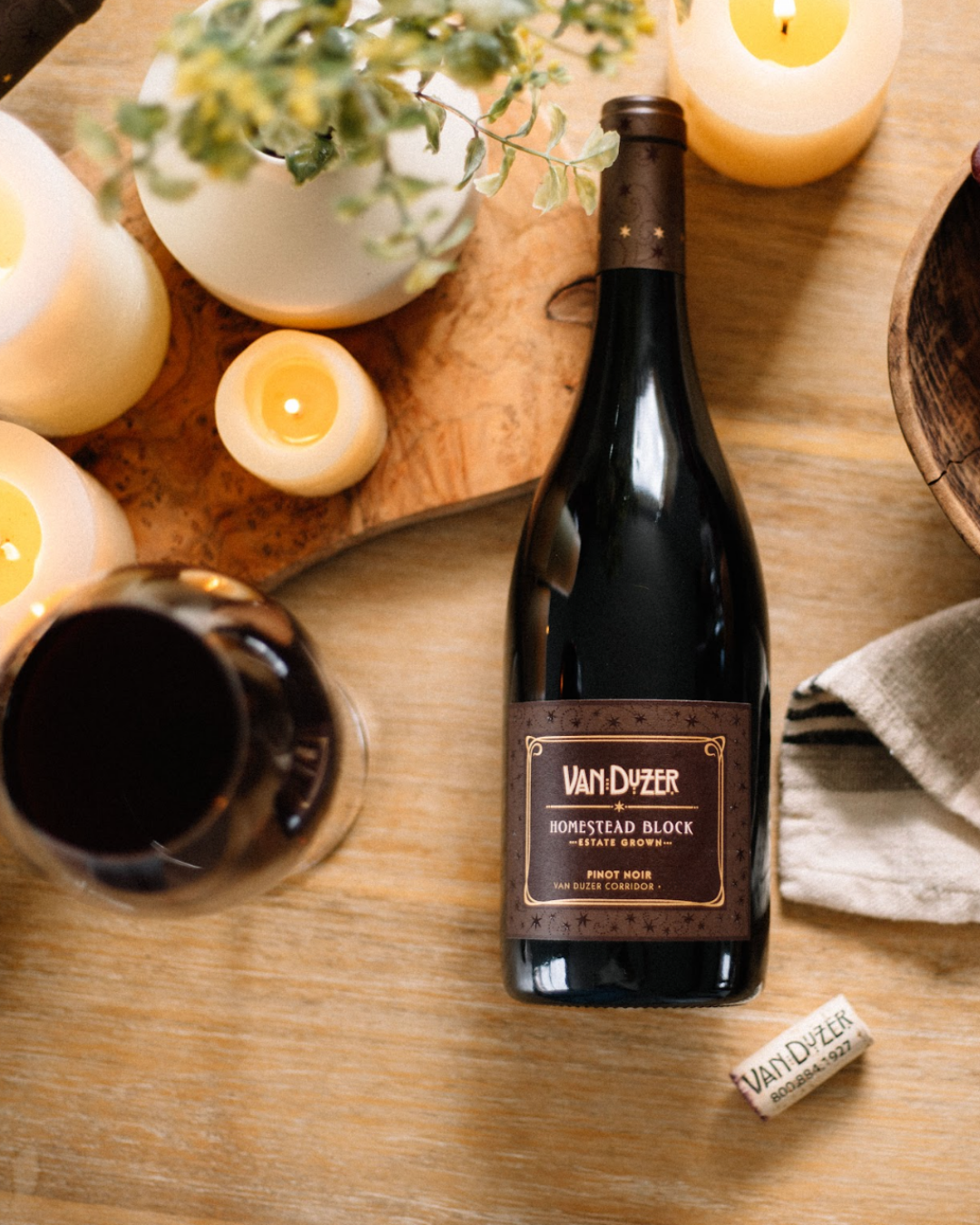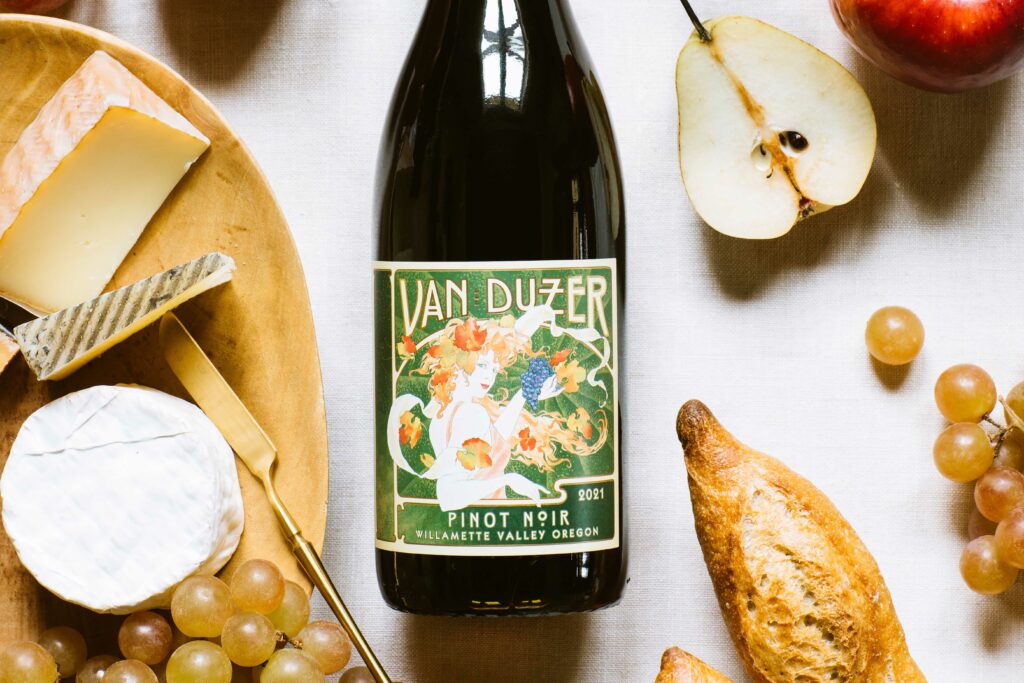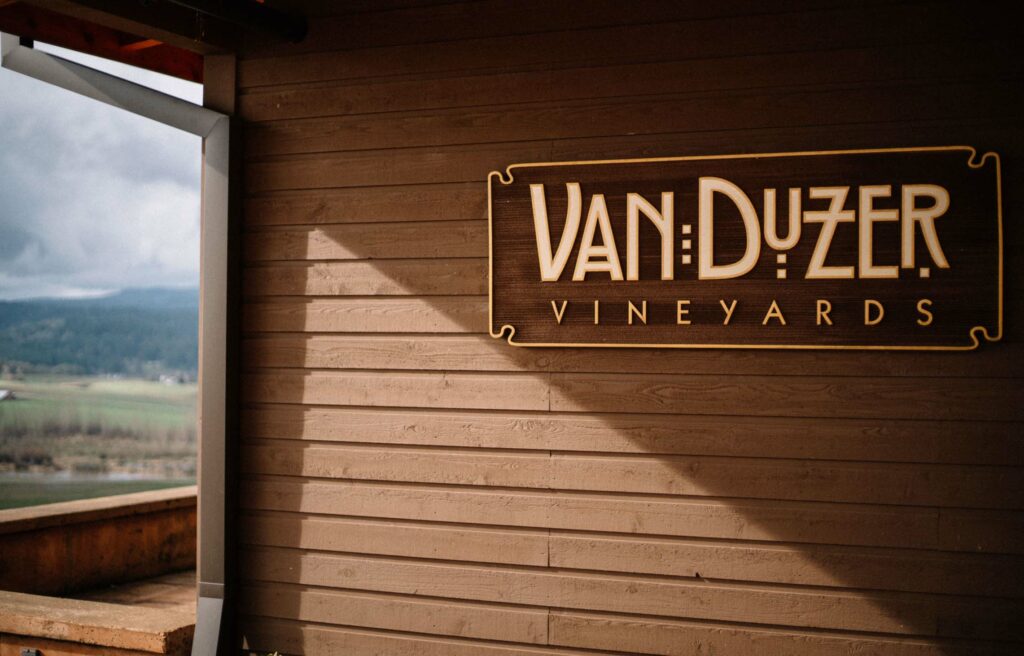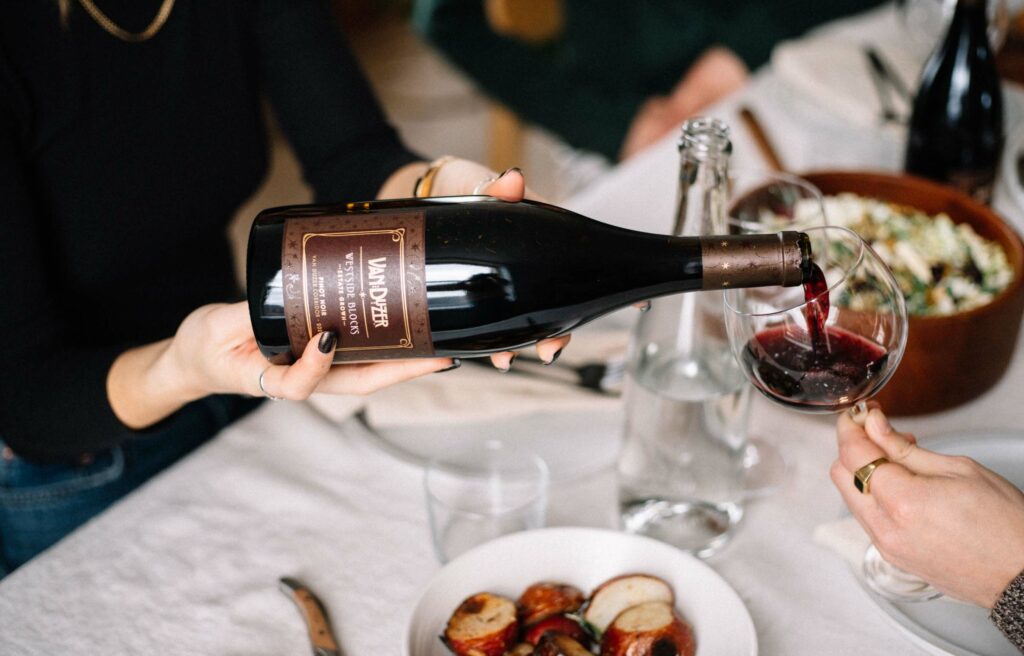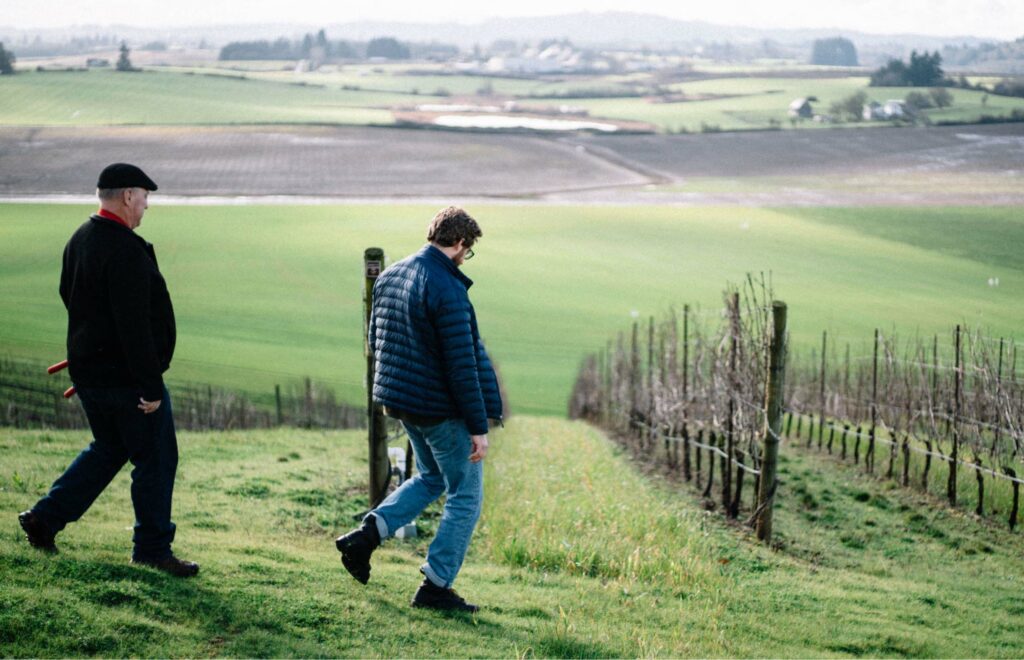In 1998, Carl and Marilynn Thoma helped open up a new frontier of Oregon’s Willamette Valley when they chose a wild, beautiful, out of the way place, where the winds blew just right. Their instinct told them that extraordinary wines could be produced in these challenging conditions, and that climate was going to be the most important thing affecting the style of wines
Many years later, our unique microclimate, defined by the wind, was the deciding factor when the Van Duzer Corridor was officially granted AVA status in 2018. Known for our cooler climate and unique wind patterns, we’re proud to make wine in this unique microclimate that’s so defined by the wind. But how, exactly, does wind impact our grapes – and eventually the flavor profile of our wines?
What makes the Van Duzer Corridor so special?
The Van Duzer Corridor AVA (and our namesake winery) is named after the Van Duzer Corridor, a gap in the Coast Range that funnels cool marine winds from the Pacific Ocean into the Willamette Valley. In fact, this wind played a role in helping our owners decide to purchase the property. Co-owner Marilynn Thoma recalls, “”When we first set foot on the site, we knew the wind had a special impact.”
These winds play a vital role in moderating the temperature in the region, especially during the hot summer months. The cooling effect of the winds helps to slow down the ripening process of the grapes, allowing for a longer growing season. This extended ripening period is essential for developing complex flavors and maintaining good acidity levels in the grapes.
While excessive wind can be damaging to grapevines, moderate stress from consistent airflow can actually benefit the vines. The stress caused by the wind forces the vines to develop stronger root systems and thicker skins on the grapes. As a result, the grapes grown in windy conditions tend to have concentrated flavors and more intense aromas. However, just like with humans, while a little stress is a good thing, a lot of stress is not. Too much wind can desiccate vines, help wildfires grow and even, surprisingly, add to frost pressure in some regions.
How our vineyard team uses wind as a tool
Wind also plays a unique role in shaping the canopy of the grapevines. The constant movement of the branches and leaves due to the wind exposure helps to open up the canopy, allowing for better air circulation and sunlight exposure. This, in turn, reduces the risk of disease and promotes even ripening of the grapes.
Our vineyard manager, Bruce Sonnen, elaborates on this. “We use wind as a tool, an aid in canopy management. When laying down the new growing cane for the vintage – we tie into the direction of the prevailing wind. When the new shoots emerge, the wind helps the new shoots grow upright allowing crews to do shoot positioning and canopy management quicker and easier.” In addition, says Bruce, “the winds here definitely help with disease pressure. The cool daily winds aid in keeping the canopy dry and open. Fruit areas when de-leafed stay dry and this reduces the risk, thus reducing the need for chemical inputs to control unwanted pests.”
The direction of the wind is another important factor to consider. In the Van Duzer Corridor AVA, the prevailing winds blow from the northwest, bringing in cool air from the ocean. This maritime influence has a significant impact on the grapes grown in the region, imparting a distinctive minerality and freshness to the wines. Furthermore, wind patterns can vary throughout the day, with diurnal shifts influencing how the grapes develop. For example, morning winds may help to dry out the dew on the grape clusters, reducing the risk of mold and mildew. On the other hand, evening winds can bring in cooler air, providing relief to the vines during hot summer days.
Windy wine producing regions around the globe
The influence of wind on wine grapes is not limited to the Van Duzer Corridor AVA alone. In Oregon, where the climate is characterized by varying degrees of wind exposure, winemakers across different regions have learned to harness the power of the wind to create distinctive wines. From the windy slopes of the Eola-Amity Hills to the breezy hillsides of the Dundee Hills, each AVA in Oregon offers a unique expression of how wind can shape the character of the grapes. Other areas, like the Petaluma Gap in California and the Rhone and Provence in France — which are affected by the Mistral wind — also owe their distinctive terroirs to the wind.
Wind plays a multifaceted role in the development of wine grapes in regions like the Van Duzer Corridor AVA in Oregon. From moderating temperature and stress levels to influencing canopy management and flavor profile, the impact of wind on wine grapes is undeniable. By understanding and embracing the influence of wind, we can craft wines that truly reflect the terroir of the region, creating a sense of place in every glass.

